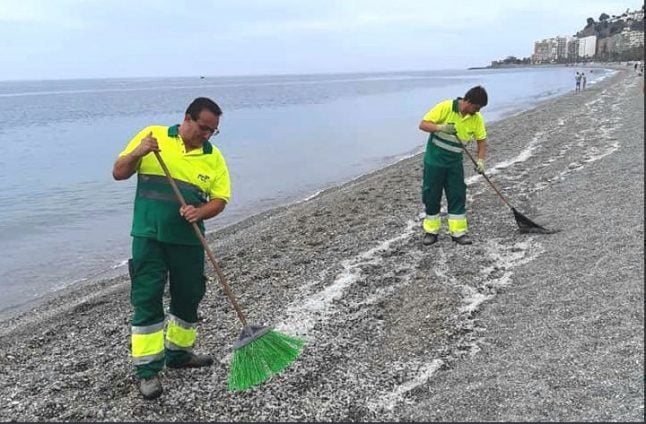JELLYFISH
Norway fjord invaded by monster jellyfish
Norway's Beitstadfjord has been so severely invaded by monster deep sea jellyfish that, just two years since their arrival, they have driven out all of the local fish.
Published: 26 June 2014 17:28 CEST

A helmet jellyfish exerting its reign of terror on a Norwegian fjord. Photo; Screen grab YouTube.
The innermost arm of the Trondheimsfjord now holds an estimated 40,000 tonnes of the helmet jellyfish, only a few years after the fiery red peril first appeared in its waters.
According to Norway's VG newspaper, Jarle Mork, a researcher at NTNU in Trondheim, caught vast quantities of the slimy animal in a single trawl.
"We took up 3.5 tons of monster jellyfish in under ten minutes," he said. "There was a tremendous amount more than we expected. The trawler winch was just about to give way."
Periphylla periphylla usually lives at depths of 1,000 meters but has in recent decades began invading the shallow waters of the fjords.
"The helmet jellyfish is a real beast which has now established itself as the top predator in the inner Trondheimsfjord," he said.
Url copied to clipboard!


 Please whitelist us to continue reading.
Please whitelist us to continue reading.
Member comments